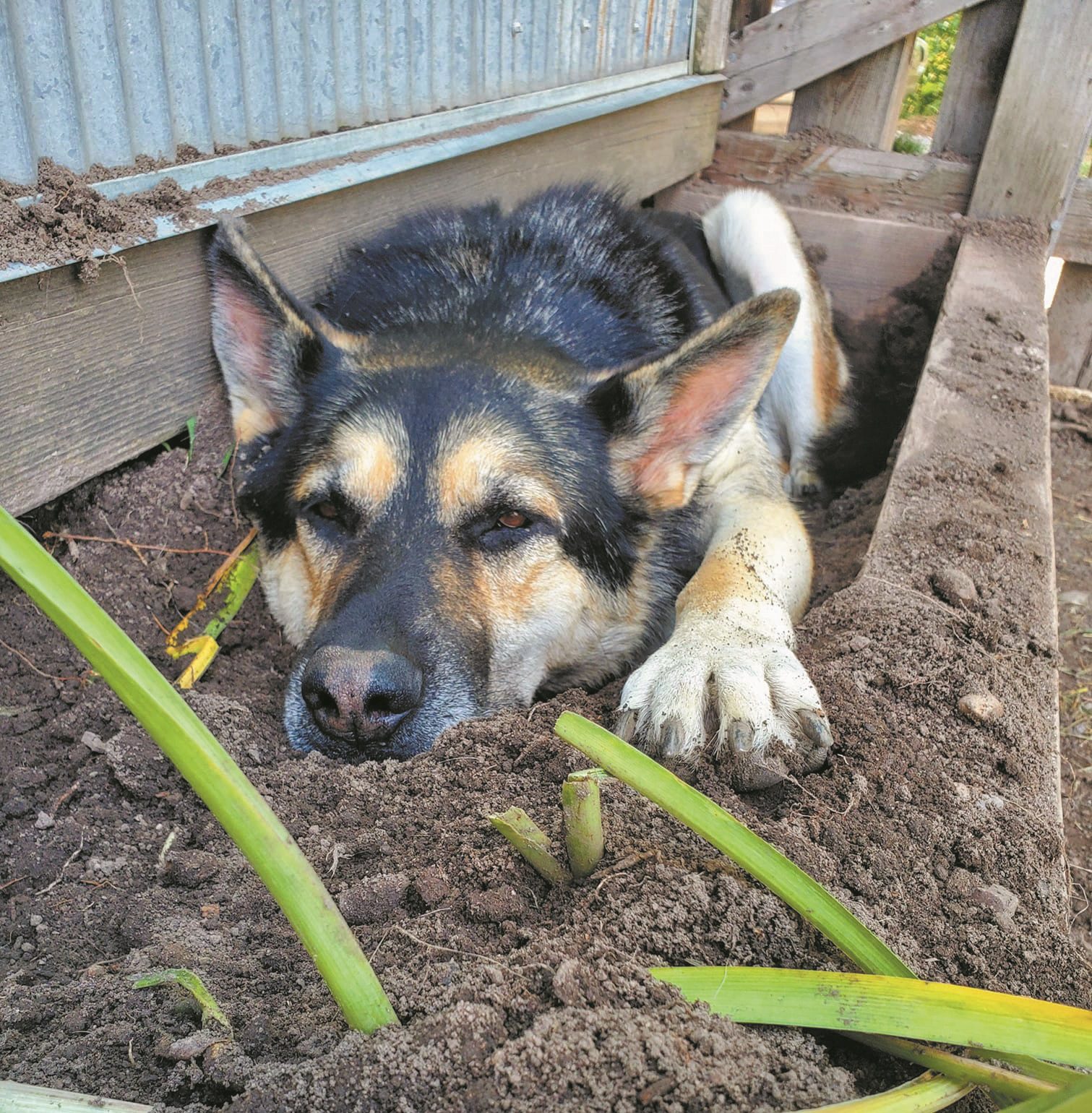Is having a dog and having a beautiful garden at the same time impossible? It doesn’t have to be. Bottom Line’s gardening expert Teri Dunn Chace tells how…
Establish a spot for “business.” Dogs are creatures of habit. They will lift their leg or squat in the same spot over and over. Problem: Urine is acidic and high in nitrogen, at best harmful and at worst fatal to grass and other plants. To avoid “burning” damage: Rinse away (dilute) the urine with water. The sooner after the dog visits, the better. And when you promptly scoop up poop, no harm is done to grass or other plants.
When you let your dog out: Repeatedly direct him to a designated corner. When he is done, reward him with praise and/or a treat. In time, your dog will use that spot without supervision. Even better: Spread wood chips or pea gravel over the area—some dogs like to scrape or dig.
Prevent digging. A dog may dig to bury a bone, toy or even a treat. Discourage this behavior by taking away the item or diverting the dog to a nongarden area where he can dig.
A dog also may clear a shallow spot in your lawn or garden so he can burrow in place and lay down, perhaps to nap and keep cool. Solutions…
Direct the dog to a spot where digging is allowed.
Offer a shallow cheap plastic kiddie pool with a few inches of water.
Designate a shady spot for him under a tree or on a patio. You even might set up a dog bed outside. Don’t forget to provide a close-at-paw water bowl.
Limit access. The only sure way to prevent damage to your prized plants is to obstruct the dog’s access. Protect your vegetable patch, flowerbed or rosebush with a border or fence of wood, wire, plastic, stone or bricks. Or strew rocks, garden ornaments or even pinecones—dogs prefer open ground over an obstacle course.
Deal with plant-nibbling. Dogs often chew on blades of grass when they have an upset stomach to induce vomiting and feel a bit better. But some dogs venture into your green bean or potato plants or a strawberry patch because they like the flavor of whatever they are chewing on. Again, the best tactic is to block access.
Warning: According to the Cornell University College of Veterinary Medicine, certain plants are harmful or even potentially fatal for dogs, including…
Spring-flowering daffodils, hyacinths and tulips will cause vomiting and diarhea in dogs. Fertilizing bulbs with odiferous bonemeal may attract your pet.
Lily-of-the-valley plants or oleander shrubs can affect a pet’s heart rate and even lead to seizures.
Azalea foliage causes gastric distress and possibly coma or death.
Enlist your dog’s help. Allowing your dog outside—on or off leash—when you are gardening or lounging can be helpful. Garden pests such as rabbits, woodchucks (groundhogs), deer and even crows avoid your yard when they spot a dog. Some animals still may come around early in the morning or under cover of darkness, when the dog is unlikely to be present.
It is possible to teach your dog to be useful in other ways. Examples: Fetching your kneeling cushion or hat…or pulling a cart, wagon or tarp where you need it.


